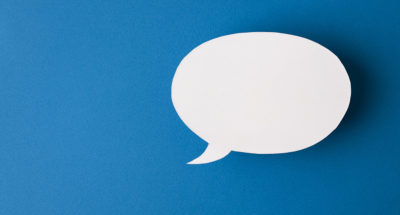
Gratitude Quotes
Students demonstrate their understanding of gratitude by role-playing a variety of quotes about gratitude.

Students demonstrate their understanding of gratitude by role-playing a variety of quotes about gratitude.
Students will:
Choose one of the quotes from the “Gratitude Quotes” handout that speaks to you. Why did you choose this quote? What does it mean to you? How does it make you feel?
“Nurturing Gratitude From the Inside Out: 30 Activities for Grades K–8” was originally developed by The Inner Resilience Program, in partnership with the Greater Good Science Center and the John Templeton Foundation.
For the entire curriculum, click here.
Do you notice if students show more positive emotion and/or optimism after this practice? Are they expressing gratitude more often for nature.
In addition to its benefits for adults, research suggests that gratitude is also good for youth, going hand in hand with greater hope and optimism, higher satisfaction with life, and fewer health complaints.
Students who experience greater positive emotions may put in more effort to overcome obstacles, engage in classroom activities more, and be less stressed at school. In addition, positive mental health in childhood is linked to educational achievement and professional success later in life.

Do you want to dive deeper into the science behind our GGIE practices? Enroll in one of our online courses for educators!
Comments